
Number of species in the collection: 1.
Pictures of Actinomycetales:
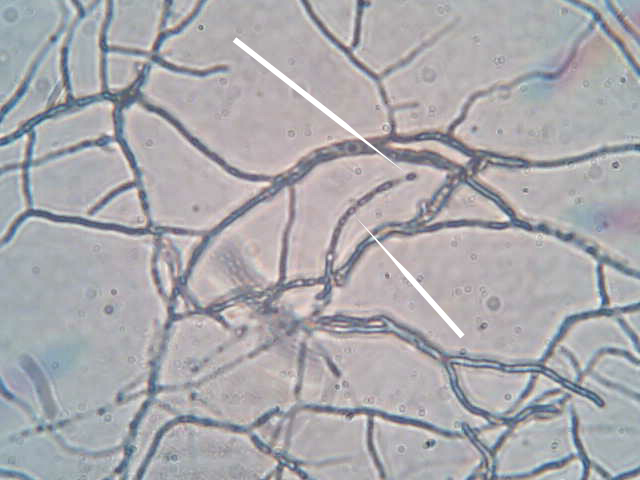

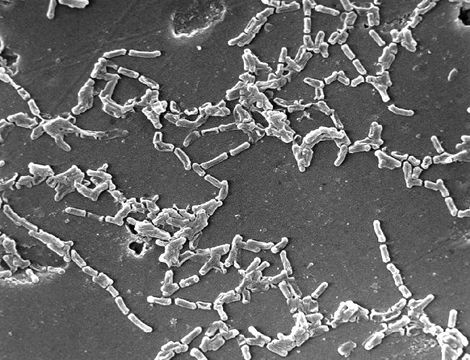
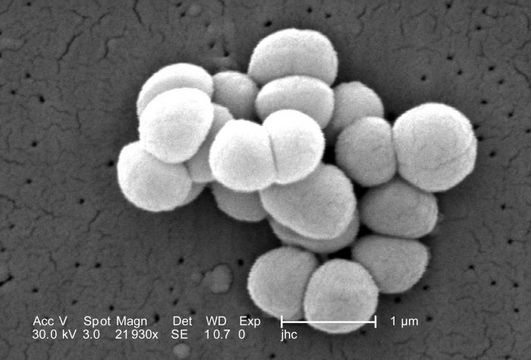
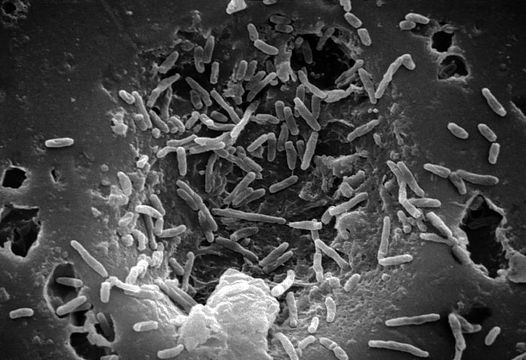


Characteristics of Actinomycetales:
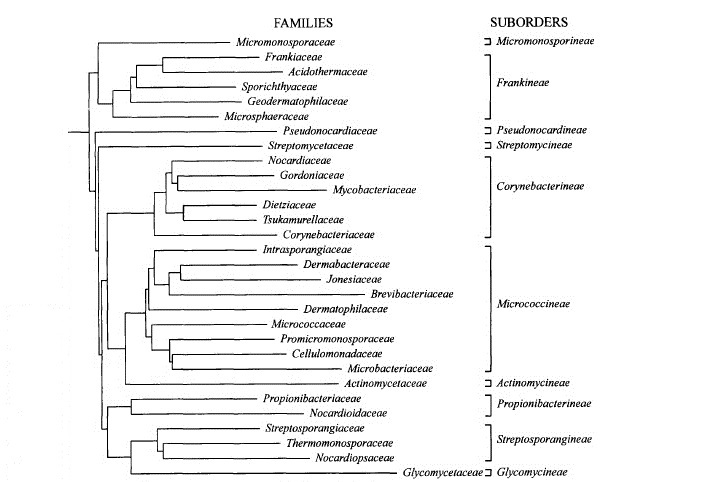
Species of Actinomycetales present in the collection:
Micrococcus luteus Lehmann & Neumann.
16-November-2007.
Captivity. Europe, Spain, Comunidad Valenciana, Valencia province, Burjassot
town, Universidad de Valencia, used in the classes of Biology Faculty,
Microbiology Department.
Obs: CGB6.
Collected by: Carlos Galan Boluda. Identified by: Microbiology Department.
Domain: Bacteria.
Kingdom: Firmicutae.
Phylum: Actinobacteria.
Class: Actinobacteriae.
Order: Actinomycetales.
Family: Micrococcaceae.
Genus: Micrococcus.
Species: Micrococcus luteus.
Es una bacteria esférica, gram-positiva, coagulasa-negativa, batracin-susceptible, saprotrófica y aerobia obligada. Cuando crece en placas de agar forma colonias de color amarillo claro, de donde recibe su nombre luteus (que significa amarillento).
Es una bacteria de distribución mundial que se encuentra en el suelo, agua y aire y
forma parte de la biota típica de la piel de los mamíferos. En el cuerpo humano
abunda en la boca, mucosa y región superior del aparato respiratorio. En las
personas no sanas puede agravar la enfermedad. Es una especie bastante
resistente al agua en desecación, pudiendo vivir en superfícies húmedas en
evaporación hasta casi la total evaporación de esta, ya que puede aguantar
elevados potenciales hídricos (relacionado con el aumento de concentración de
sustancias disueltas en el agua al evaporarse). En estos casos parece ser
que su metabolismo se realentiza y expresa ciertos genes adaptativos.

Order: Actinomycetales